We’re looking forward to ecstatic recognition and applause from the international scientific community. Our research in the Superstition Wilderness has allowed us to establish with 100% certainty that the Superstition bees are irresistibly attracted to bright blue.
Our methodical experiments with blue-zipped Zip Lock bags, the blue tubes on our water reservoirs, bright blue M & Ms and the TP’s blue waterproof bag have allowed us to establish that blue is a bee-magnet… and to test Glenn’s patience to the limit.
Given that killing one bee means it could produce pheromones to attract a hoard of other killer bees to come and literally sting us to death, Glenn has had to control his Texan desire to eliminate all creatures intentionally invading his personal space and, instead, vent his frustration on the bees relaxedly hanging out on our blue things by swearing and glaring at them, while exaggeratedly crunching blue M & Ms in their full view, as if daring them to do something about it.
Our friends Ruth and Dave heroically drove two hours over the 4-wheel drive and apparently very beautiful Apache Trail in their 2-wheel drive car, setting out at the crack of dawn with just 24 hours notice, to give us a send-off at Roosevelt Lake, suspecting they’d never see us again, as we prepared to hike up into the Superstition Wilderness, fabled for its buried gold, strange occurrences, and for making sure hikers are never the same again or even for making them disappear. We were hoping to hit gold when hammering in our tent pegs, see some strange occurrences and, let’s face it, we’ve never been that normal, so we were fine with idea of never being the same again – we just needed to make it to the other side, where Ruth and Dave had kindly offered to pick us up if we phoned ahead. The trail, however, ominously started right next to the local cemetery.
Day 1.5 (an afternoon start with lots of Mexican brunch in our bellies) gave us our first close and breathless encounter with the tree-like saguaro cacti as we struggled up a never-ending hill. The saguaros take 35 years to flower, 75 years to grow their first arm, die at 150-200 years old amazingly weighing about 6 tons after a life on just a liquid diet, while their wood-like skeletons make prized walking sticks. I had imagined them to be scarce and scattered, yet as we climbed up into the Superstition Mountains, towards the Wilderness, we walked through a forest of them, sometimes spaced just a few feet from one another, looking like they might uproot themselves at any moment, go wild line dancing, prickle their partners, sneak whiskey into their water reservoirs and spook us hikers. A small square rainbow hanging loose in the sky like an early Christmas tree decoration, which we later learned from Dave is known as a sundog, added an eerie air of mystery to the afternoon.
The saguaros suddenly disappeared from the horizon after a welcome water tank, and we were plunged into a dark and tangled creek of black soil, vines throttling trees and blotting out the sky, dank smells, a strange growl from behind a bush, which made us walk a hell of a lot faster, and a washed up collection of rocks which we slipped and tripped over until the creek finally spat us out onto its banks for long enough to camp on a network of snake and spider holes, which we did our best to block that night and very warily unblock the next morning, after Glenn had seen a large spider leg protruding from the one right next to the corner of the tent.
On the morning of day 2, we were still up the creek without a paddle for a while, but eventually burst out of the undergrowth into the higher canopy of Cottonwood Springs, which trickled out from under an enormous rock -the black sheep of local rockdom-, where we weighed down our packs with another 13 pounds (6 kilos) of water.
The creek sunk behind us and we started climbing again. Some strange, deep-throated huffing and puffing behind a bush stopped us in our tracks as we strained to see what we suspected to be a hiker-eating monster yet turned out to be a cow. A herd of cows, in fact. They were all trying to hide from us; some behind bushes, not realising that their bottoms and tails were sticking out in plain view, and some standing motionless, in the unmooooveable belief that an enormous black lump of a cow wouldn’t stand out at all against the surrounding green shrubbery.
We powered past a muddy, fly-infested cattle tank, grateful that we’d been able to top up with sparkly spring water earlier that day, then straight up a near-vertical, never-ending red clay and stone road no vehicle could ever have possibly made it up, collapsing at a salami sandwich-friendly spot in a clearing on top of the mountain for lunch, struggling to overcome exhaustion to admire the hoodoo-decorated mountain plateau facing us.
With the salami sandwiches still kicking and punching in our stomachs, we climbed yet another near-vertical slope, past a mostly rotted wooden Superstition Wilderness sign, designed to make hikers feel like it might be the last one they see, emerging on a ridge where prickly pears, hedgehog cacti and an assortment of other thorn-armoured plant life stabbed at our ankles. Kicked off that ridge and down into a wash, we dragged ourselves across it, a short way up the other side, and succumbed an hour earlier than usual to the temptation of a pretty camp spot under a shady pinyon pine, which I attempted to waterproof given the overcast sky and memories of the Mazatzals, with a little trench and a miniature stone dyke any five year-old would have been proud of.
On day 3, the clouds parted and we struggled up another mountainside with a perfect blue sky backdrop to offset the beautiful 360 degree views of the Superstitions, framed by towering century plant flower stems, from the ridge above. That was worth the climb, but now the trail followed an old barbed wire fence, past a large cairn and then petered out altogether. For 20 minutes, we walked up, down ‘n all around, scouring the landscape for another cairn and beginning to wonder whether that was how the Superstitions got you; they lure you up to a ridge and then the trail disappears and you’re never seen again… Finally, Glenn spotted the tiniest scrap of orange marker plastic tied towards the end of the dilapidated fence and, on closer inspection, I discovered the trail right next to it. We’d been within 3 feet (a metre) of the trail and not been able to see it. It’s so easy to lose the trail and lose yourself in the Superstitions…
From the ridge, we dodged cacti down the hill, past the ruins of an old stone homestead, down a sled-worthy dirt slope into a creek bed and up a long-haul mountainside. Initially, the uphill was innocuous and decorated with a stone seemingly engraved with a circle of life pattern (which later turned out to just be moss), but it was topped off with a narrow, vertigo-drop hairy stretch to the saddle near the peak. We camped next to a prickly pear just waiting to snag our ankles.
Day 4: We still seemed to be the only humans in the Superstitions and we were looking for water, as usual. A mile after our camp, I spotted a lump of old concrete to the right of the trail, which looked like it might be part of a swept-away spring box, so we peeled up our eyelids, rummaged around in some clumps of long grass, spotted a trickle of water and, at the end of the trickle, Walnut Spring’s box, made of logs and filled with the wet stuff. Glenn exercised one bicep by pumping 8 litres, which I sterilised in our by now well-rehearsed production line, and we set out, confident for once that this leg of the Trail would not be a thirsty one, towards Elisha Reavis’ 1870 secluded, water-rich fruit and vegetable Ranch, from where he transported his produce many solitary miles on mule back to the local towns and mining camps. Mobile coverage seemed to be good too, which boded well for contacting Ruth and Dave when we reached the trailhead to meet up and get out.
The uphill to the mountain above Reavis Ranch seemed never-ending, but eventually gave onto an uneasy-feeling traverse, first across a landscape strewn with boulders big enough that Atlas would have been proud to carry them on his shoulders, and then across bright yellow sandstone, where I practiced my high-speed reversing skills, as I suddenly spotted a light sand-coloured snake with crimson oval markings just two steps away, bored and lying across the trail in the hopes of biting, tripping or otherwise messing with an unsuspecting hiker. Glenn flipped him off the trail unceremoniously with a hiking pole, ignoring his protestations.
Ruth and Dave were the last humans we’d seen and that was 3.5 days ago. We’d just escaped the snake ambush and were heading towards the end of the yellow sandstone traverse, when we heard something between a growl and a scream coming from the sycamore trees in the valley below; You can’t have any of my apples!!@!#. We reached for our pepper spray and stun gun, wondering what kind of nutter we were about to run into and cautiously hiked down the hill. We’d reached Reavis Ranch on a weekend and suddenly there were day-hikers and weekend campers everywhere. Someone called Randy invited us over to check out the thousands of miniature sweet, yellow apples carpeting the floor and decorating Reavis’ old orchard trees, but no one owned up to the crazy growl we’d heard from the mountainside.
After checking out what little’s left of Reavis’ house, reputedly burned down by scouts, and tanking up on water, we chanced upon some more day-hikers, two of whom turned out to be, not just from Texas, but from San Angelo, and one of whom turned out to be not just from San Angelo, but to have attended Glenn’s primary school. It is a miniature apple-sized world…
We camped about 5 miles from our target trailhead -Roger’s Trough-, with me disappointed as a packet of marshmallows without a campfire not to be allowed to climb the pine tree in which someone who shall remain nameless had tangled our food bag rope.
Day 5 was easy walking and mostly downhill. An oversized cairn on the side of the mostly cairn-free trail sparked my curiosity and had me fighting through the bushes until I popped out right in front of Reavis’ grave; a simple piles of stones with a stick cross. Reavis apparently died of natural causes in his 70s on the trail and was found part eaten by his own starving, tied-up dogs, and wild animals.
A few miles of purposeful walking later, after scattering a group of day-hikers who seemed to think we looked a bit too rough for safety, we popped out at the Roger’s Trough trailhead with relative ease. …But the bars of mobile coverage which our phones had boasted a couple of days ago had, of course, disappeared right at the critical time. So, we started hiking down the 16-mile 4×4 track towards the highway, hoping to walk into coverage somewhere along the way and wishfully thinking that Ruth and Dave might sense that we were heading out and come to our rescue.
We’d passed some petrolheads with quads having trouble with their friend’s motorbike, then they passed us and we passed them again and so on for 4 miles. They tried their phones for coverage for us, but no luck. We passed each other a couple more times and they took pity on us and offered to strap our packs precariously to one quad and give us a lift in the other. Glenn harnessed himself into the front and I swung like a monkey into the back without thinking twice about what would before have been a very tricky manoeuvre. We roared off, reeling after the almost complete silence of the Superstitions and squinting in a cloud of dust to see the spectacular saguaro and rocky mountain scenery speed past; a real thrill ride I would have paid good money for in different circumstances.
About 6 miles later, we came round a corner and skidded to a stop, flagged down by a familiar-looking car… And there were Ruth and Dave, who somehow had just felt that we’d be there, driven an hour+ out of their way on a hunch and then had it confirmed by 4×4 drivers who had seen us coming down from the trailhead. They drove us into their current home town of Apache Junction, which has one foot relaxing in the desert under the gaze of the Superstitions and one foot getting run over in Phoenix’s outskirts, where we all tucked into restorative Mexican food and Glenn and I indulged in sleep galore. Thank you again, Ruth and Dave!

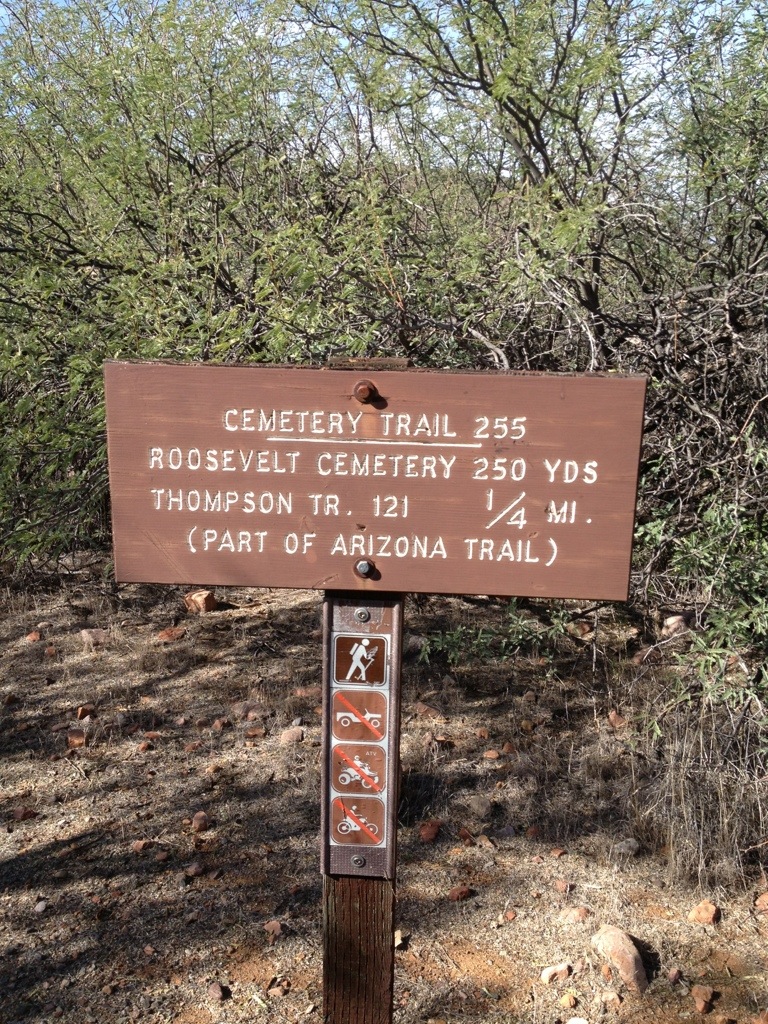
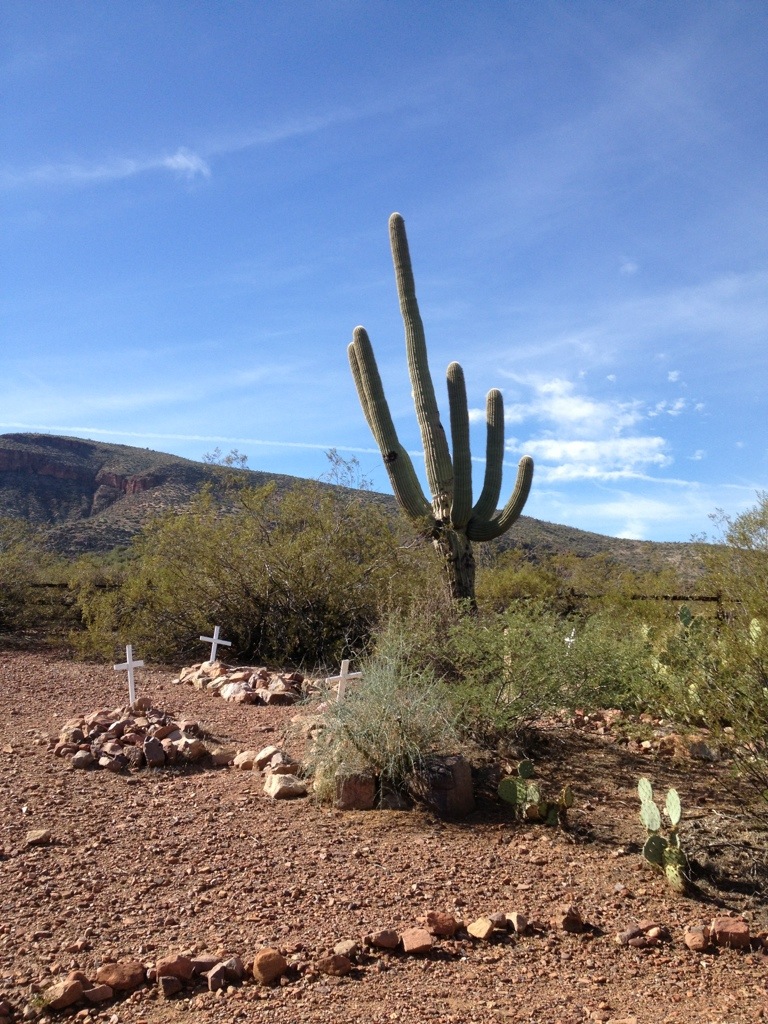
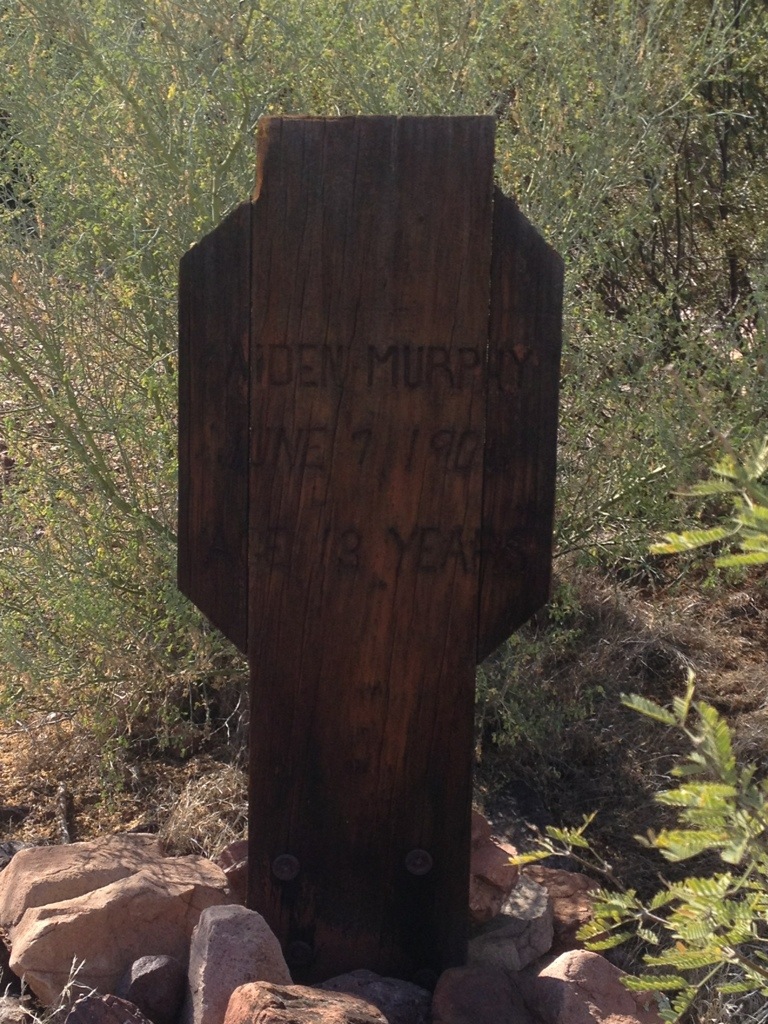
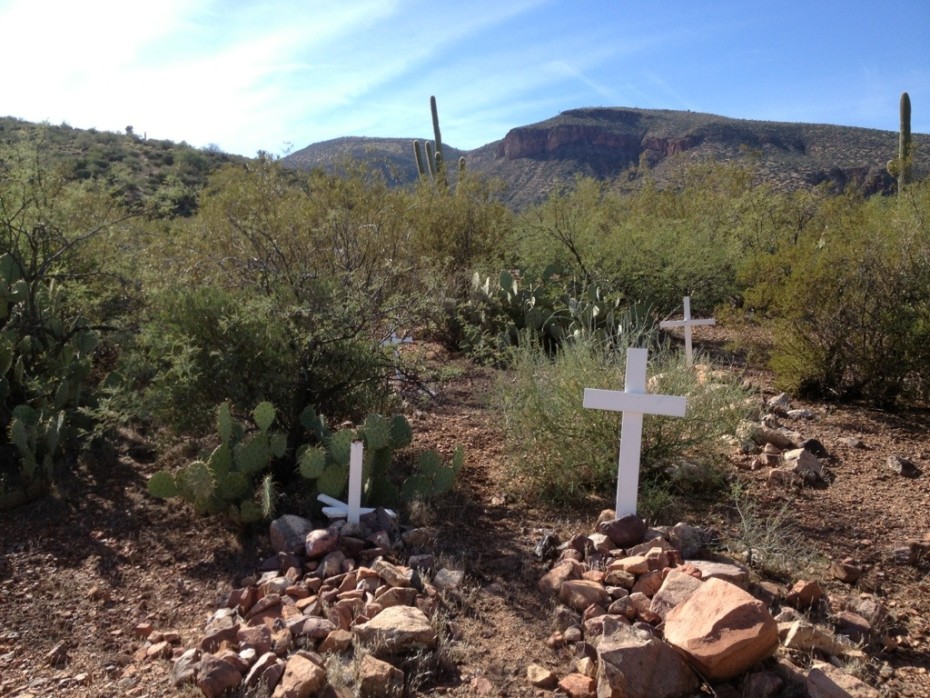
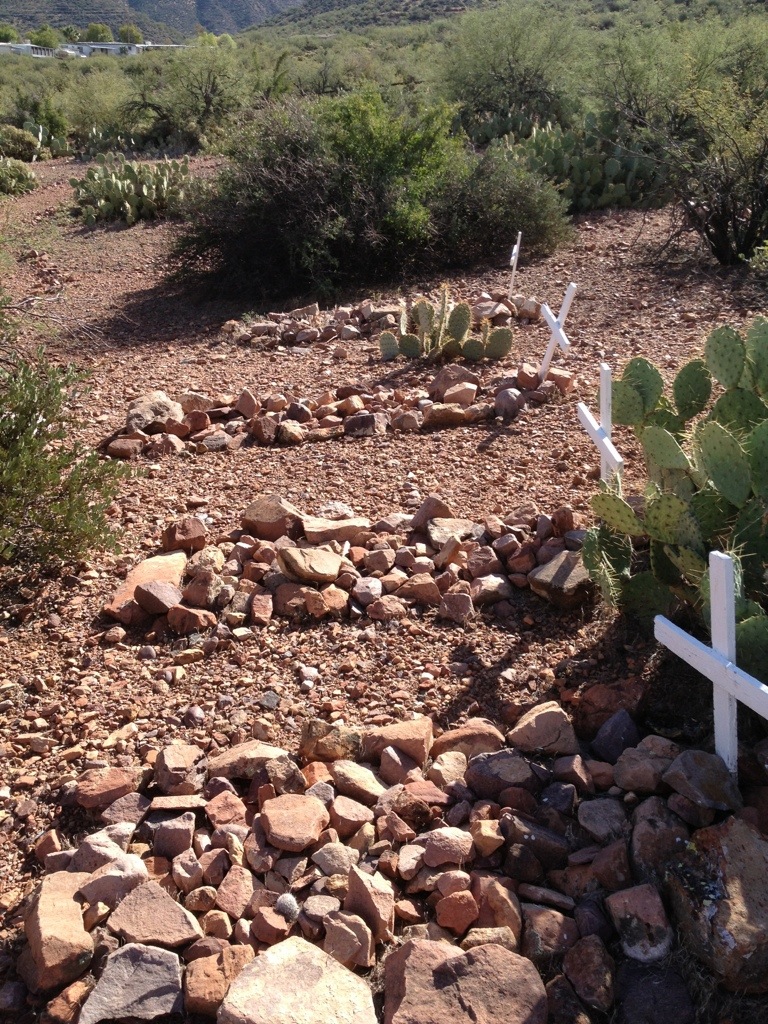
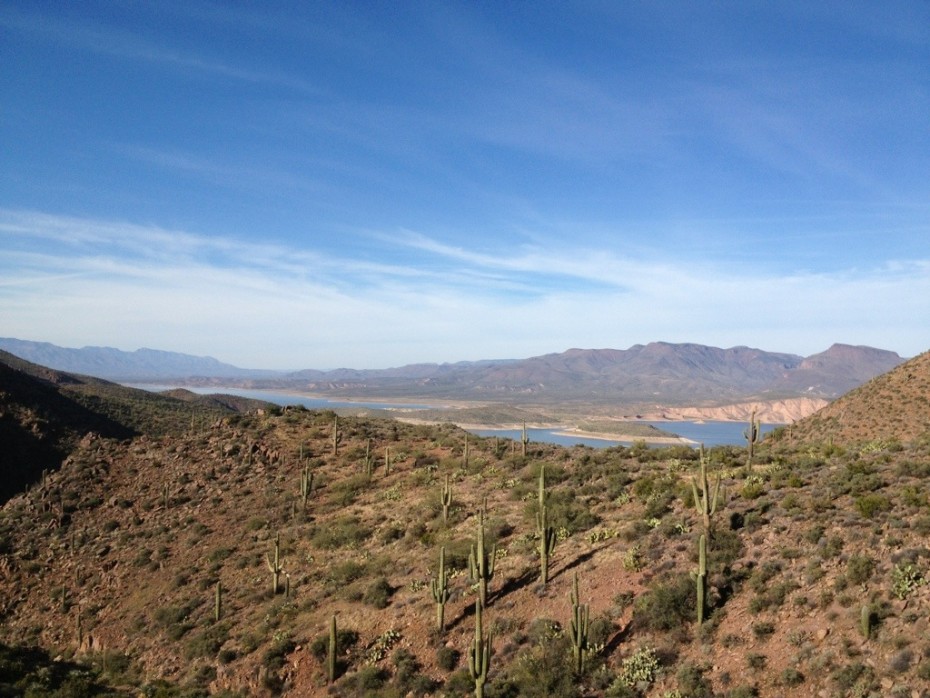
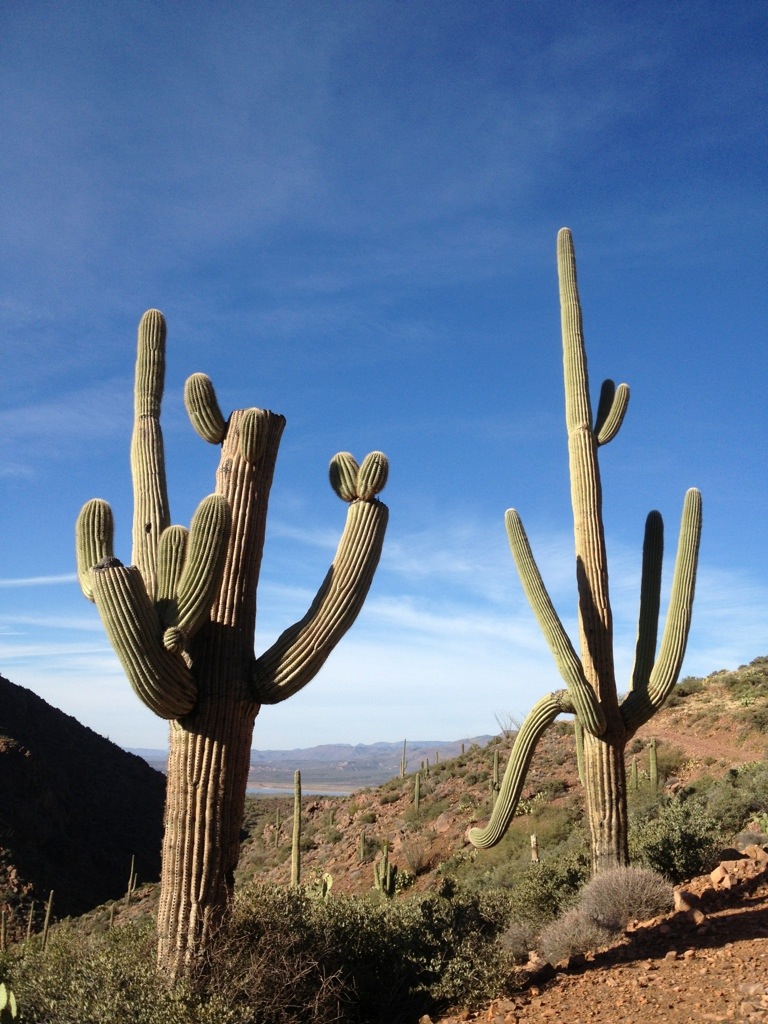
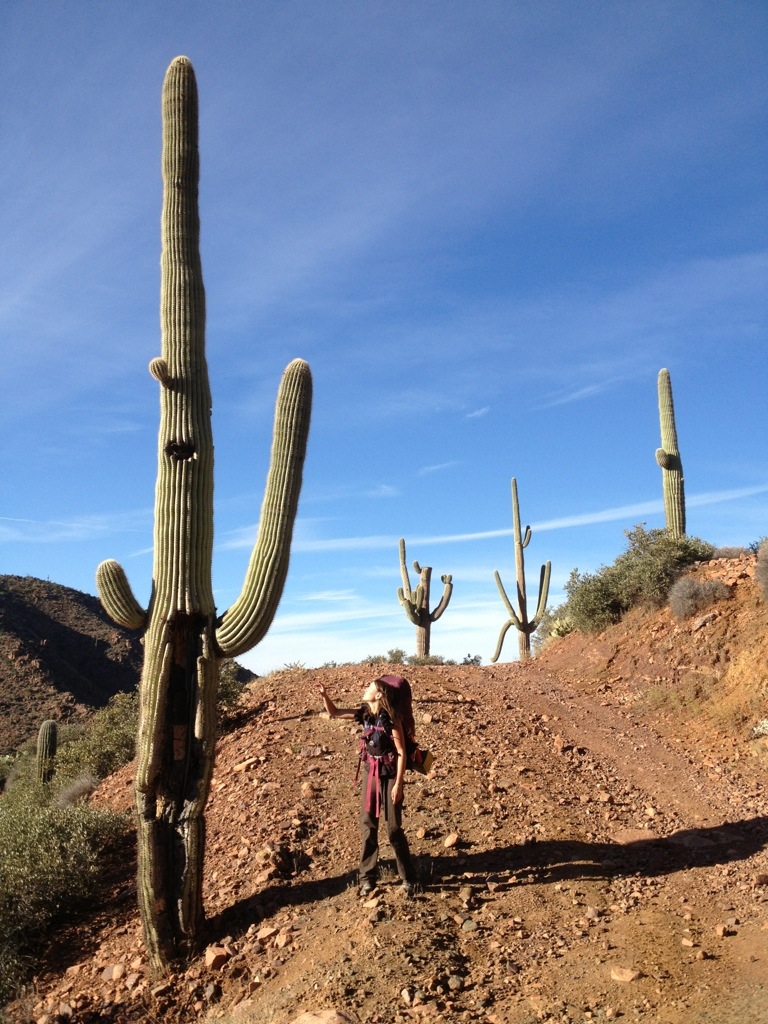
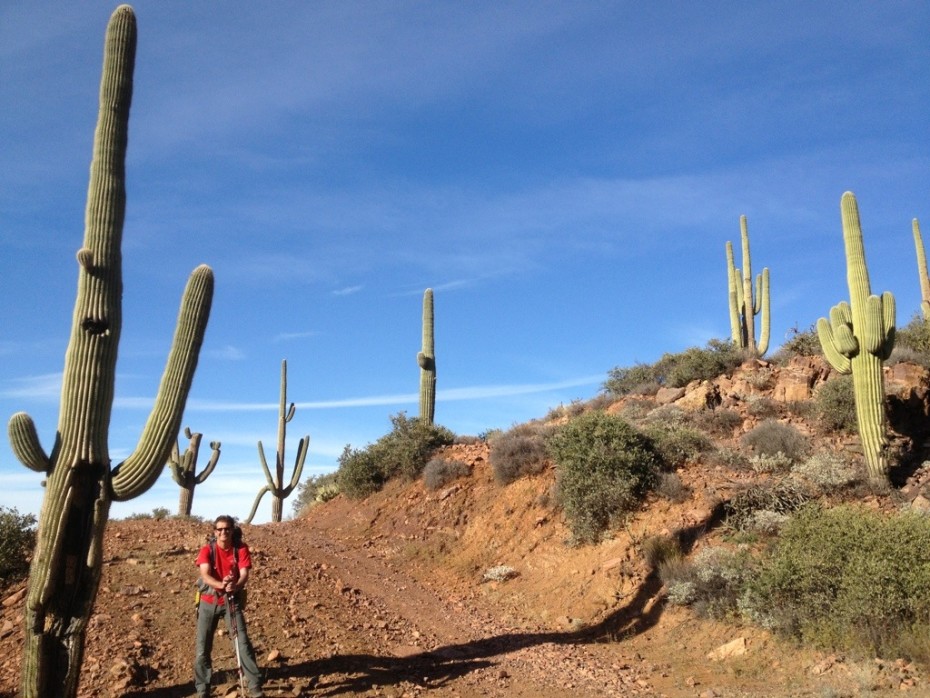
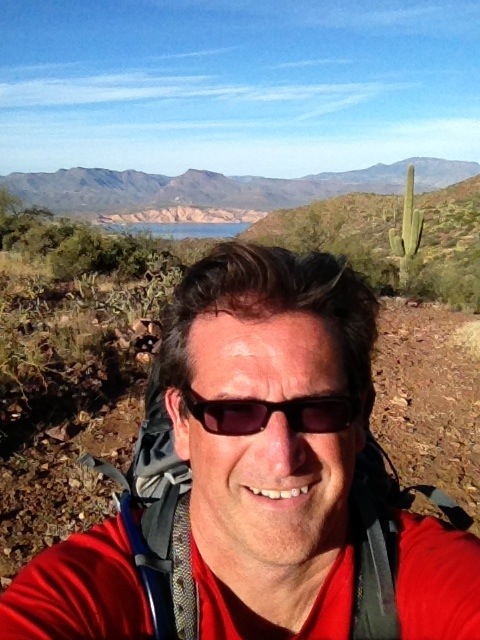
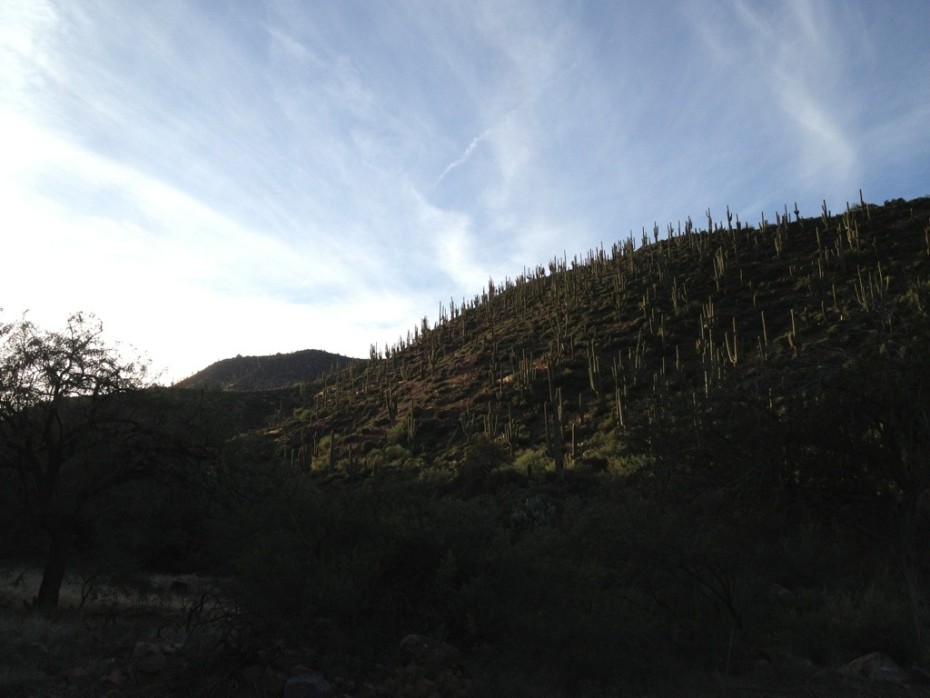
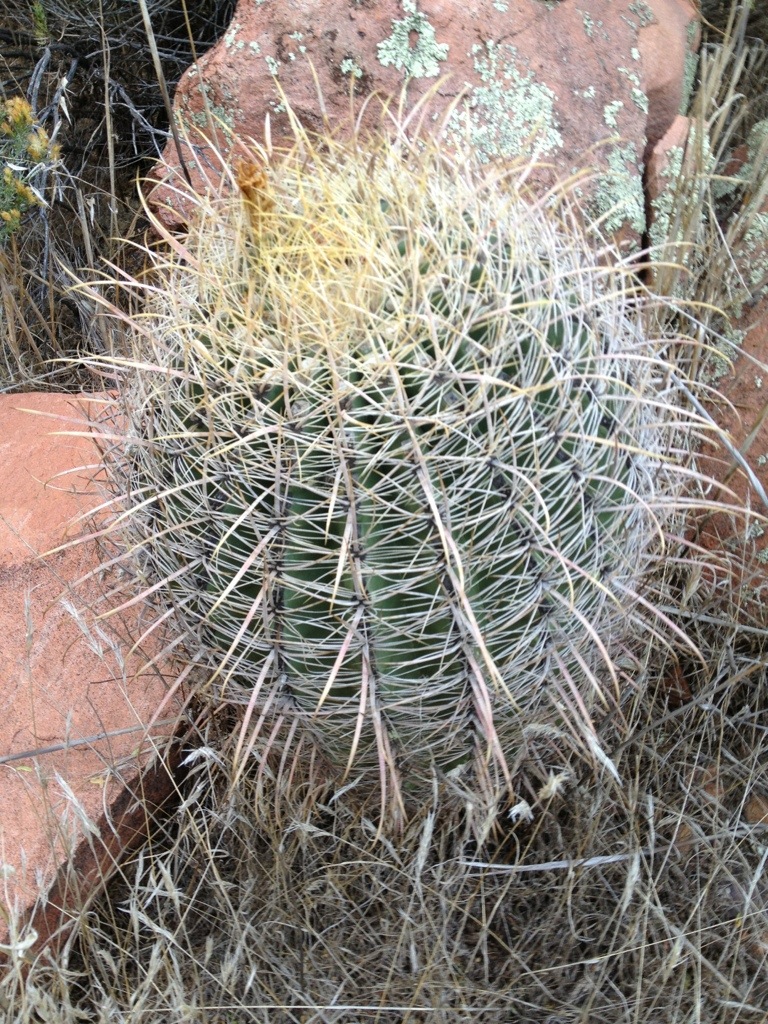
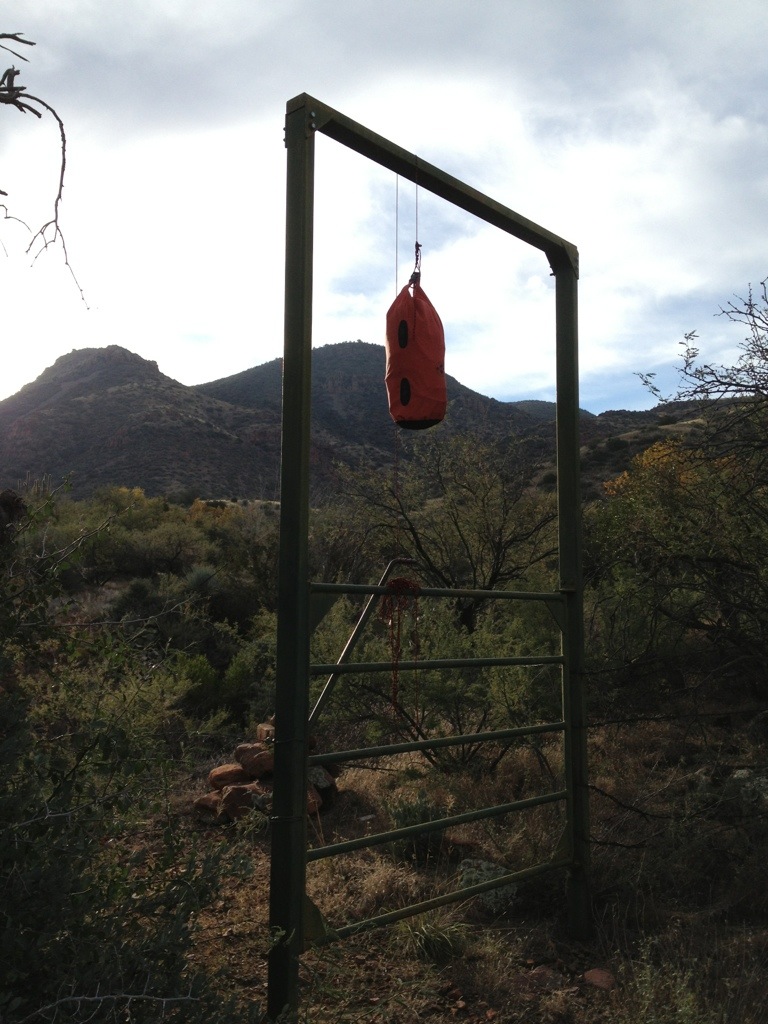
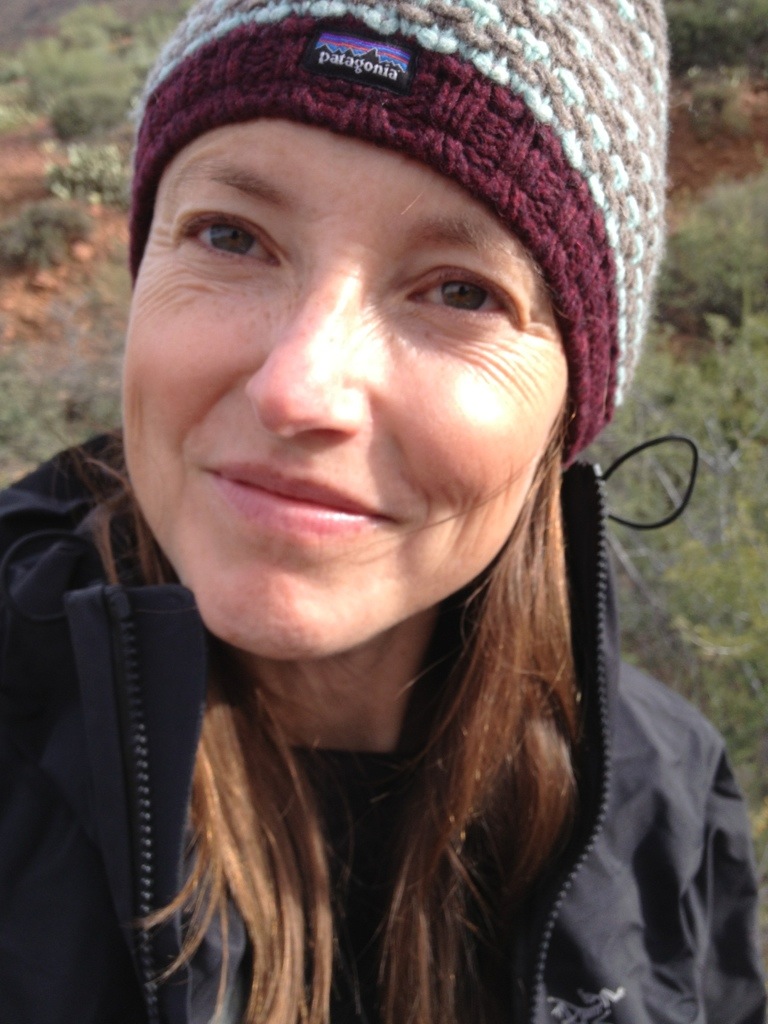
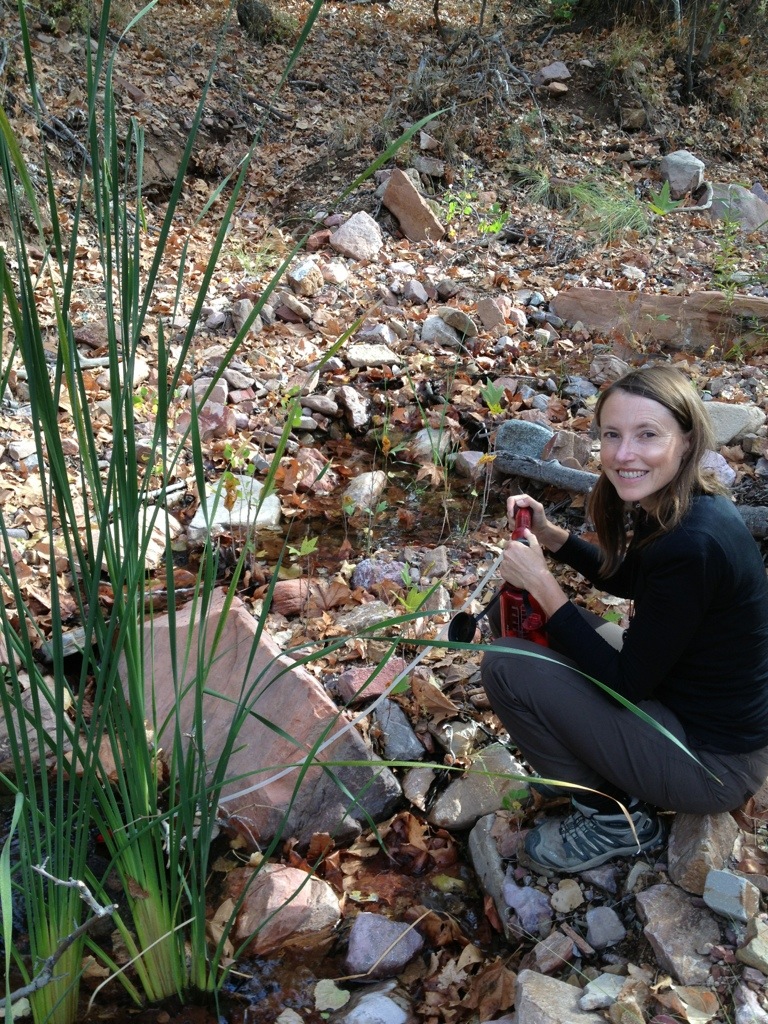
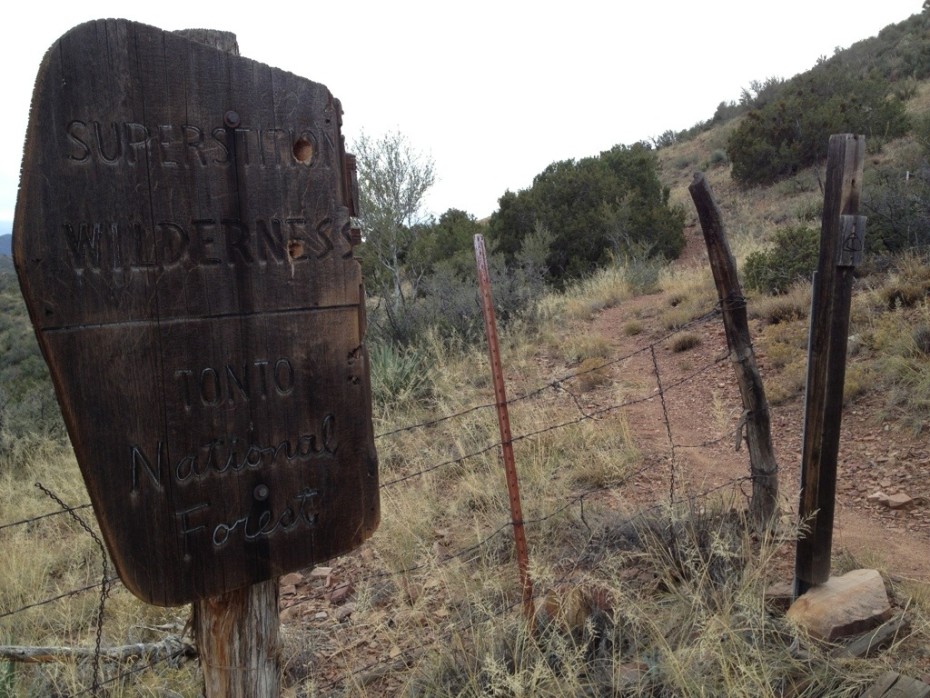
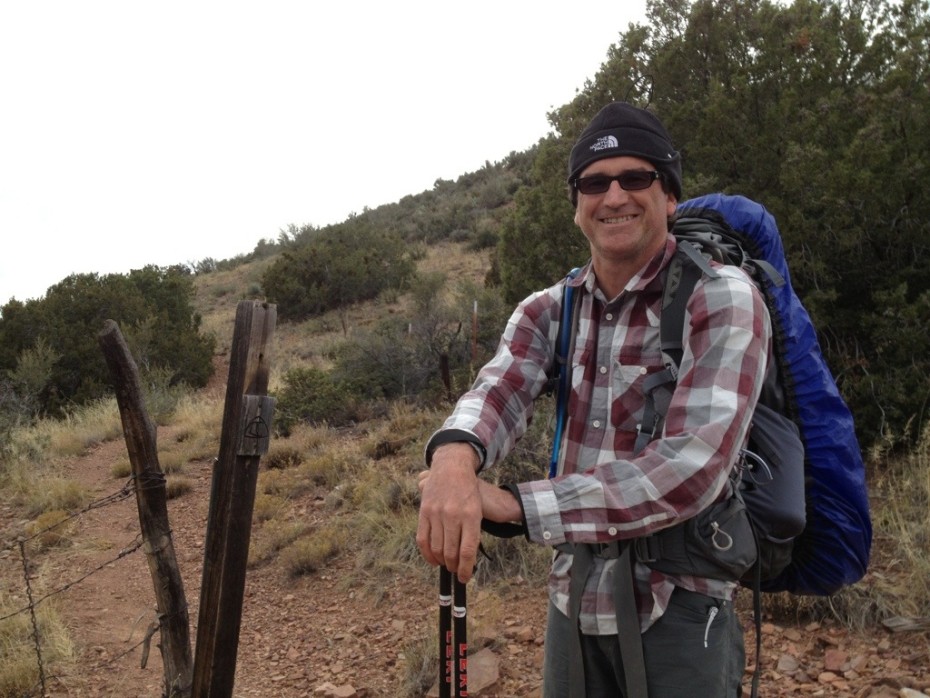
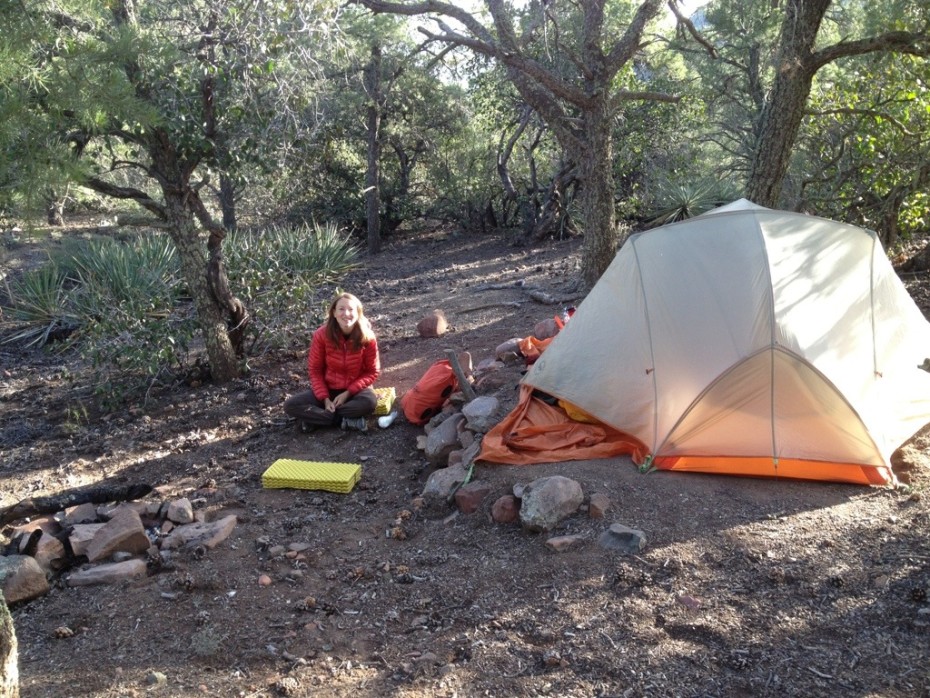
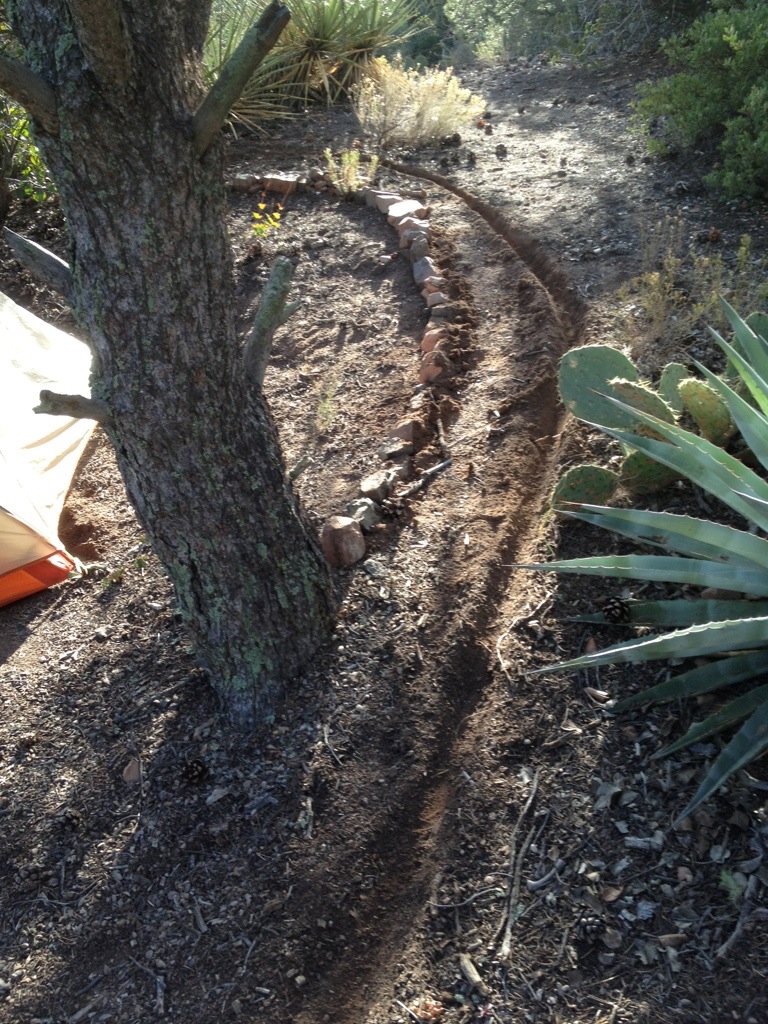
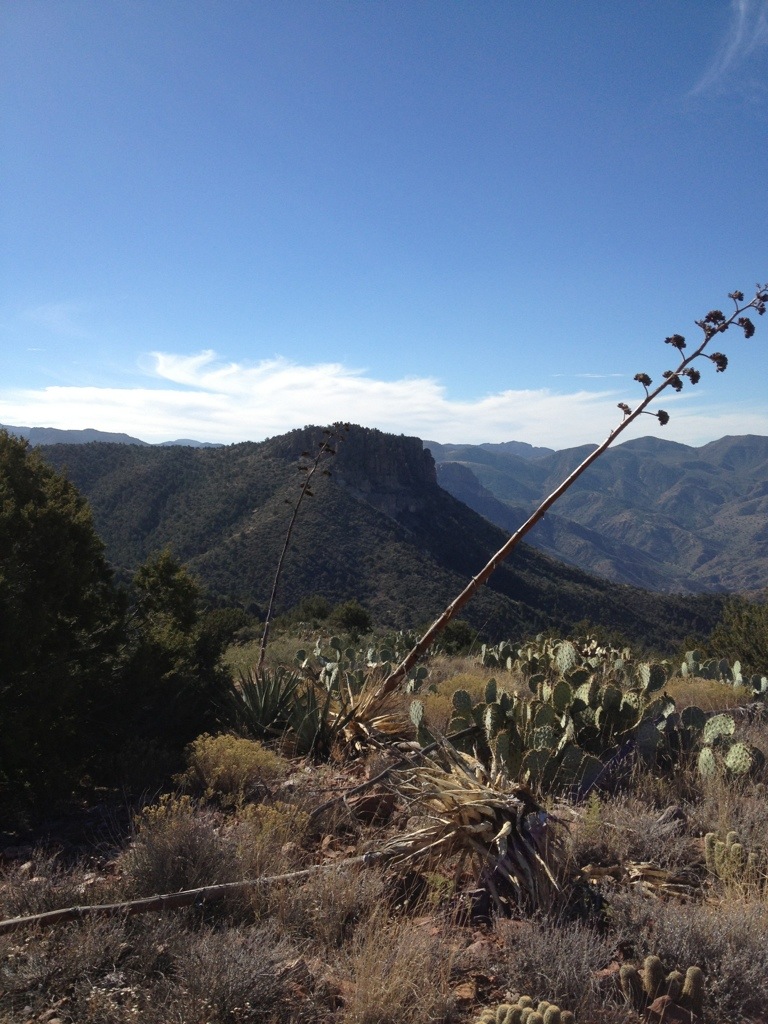
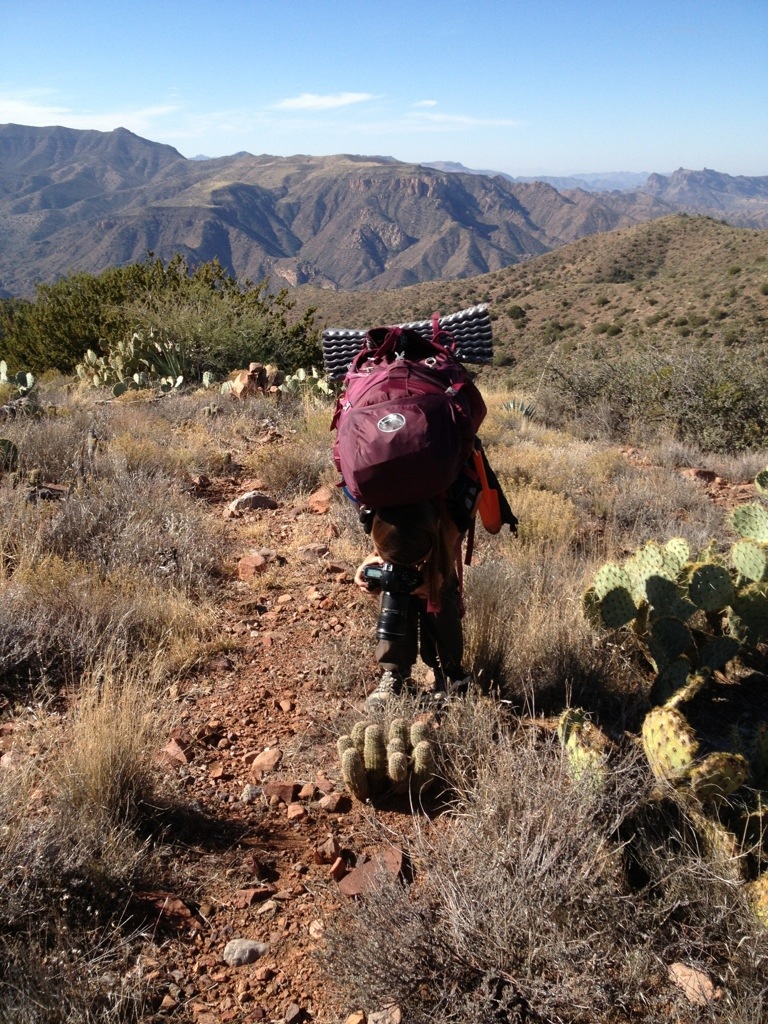
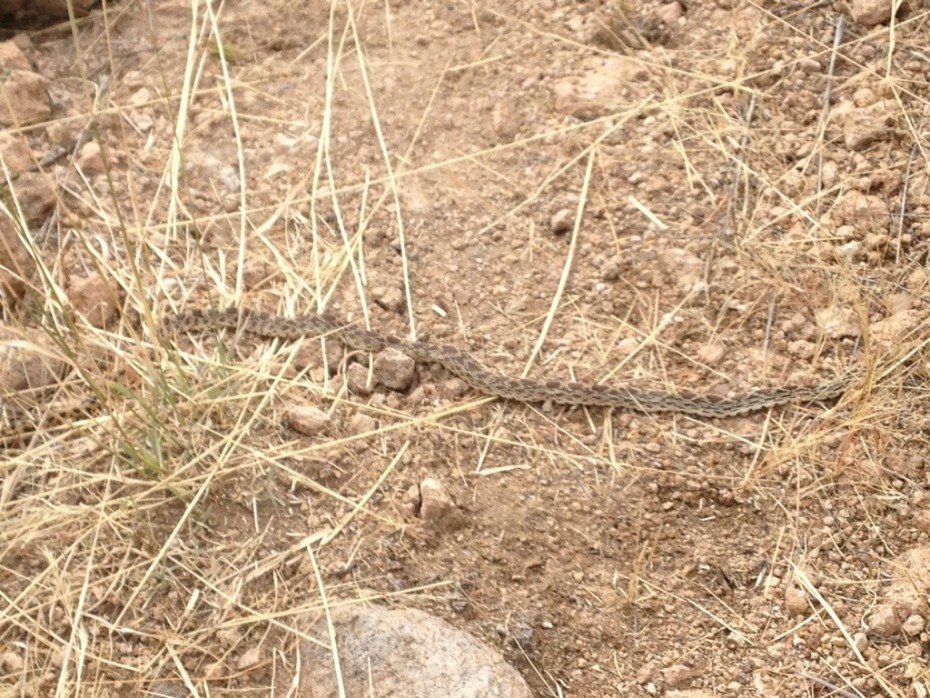
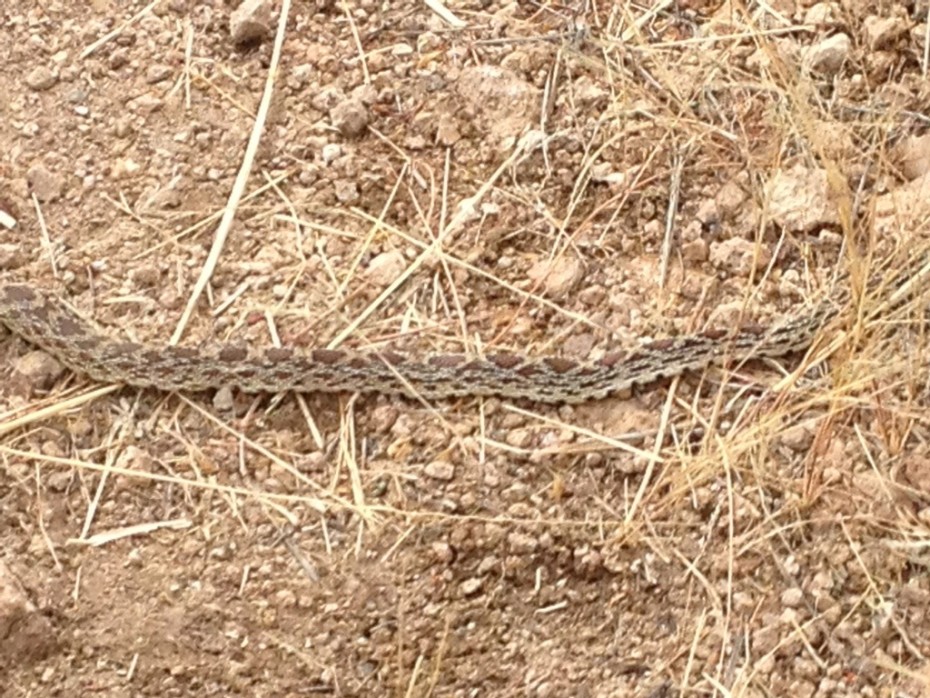
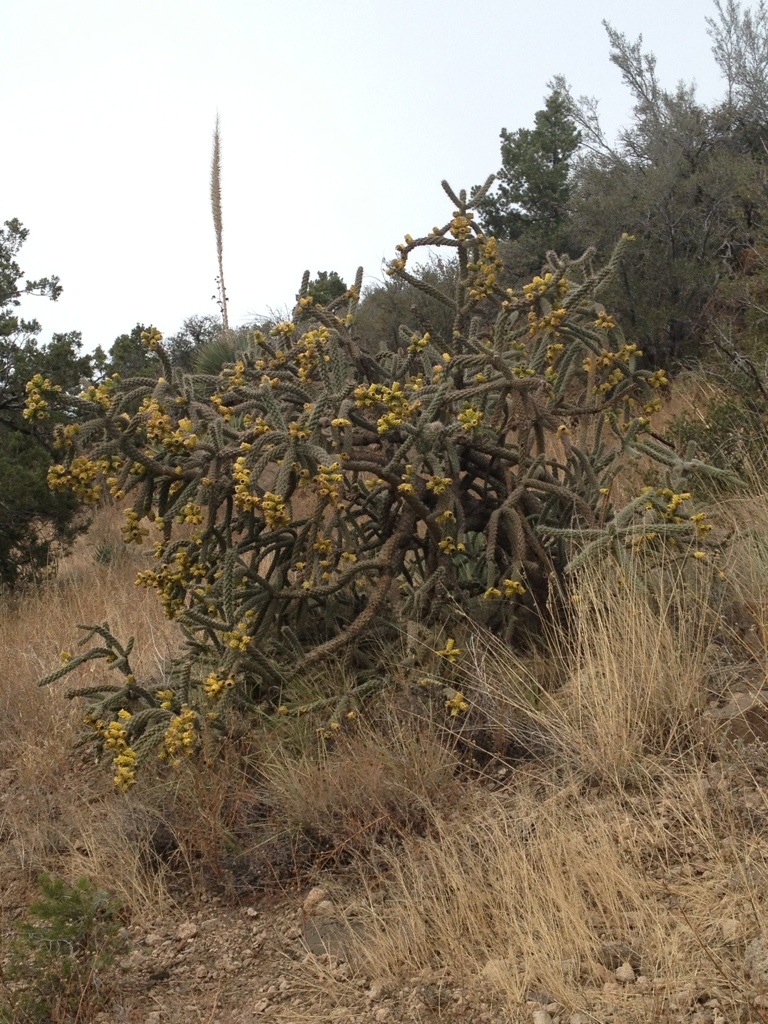
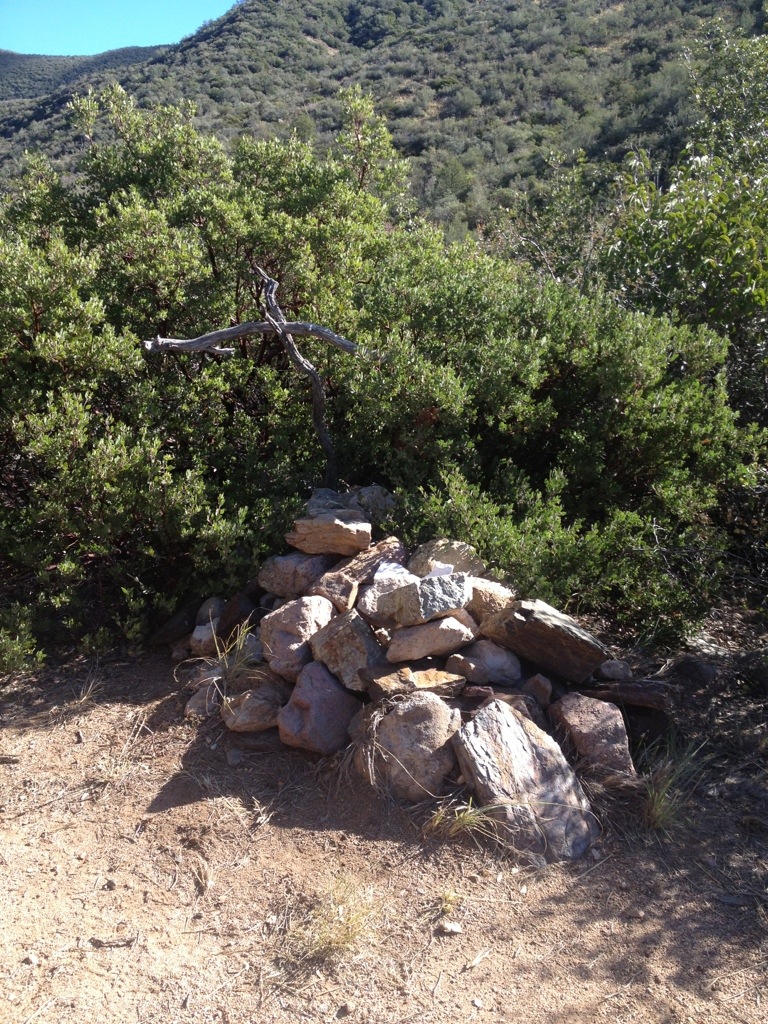
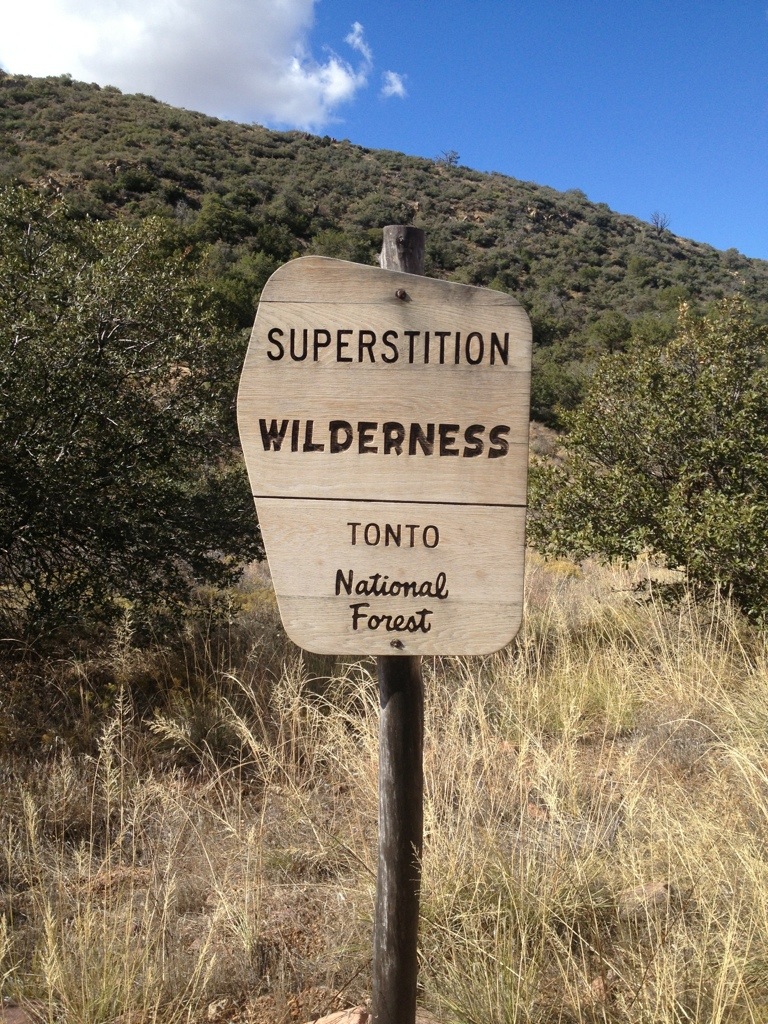
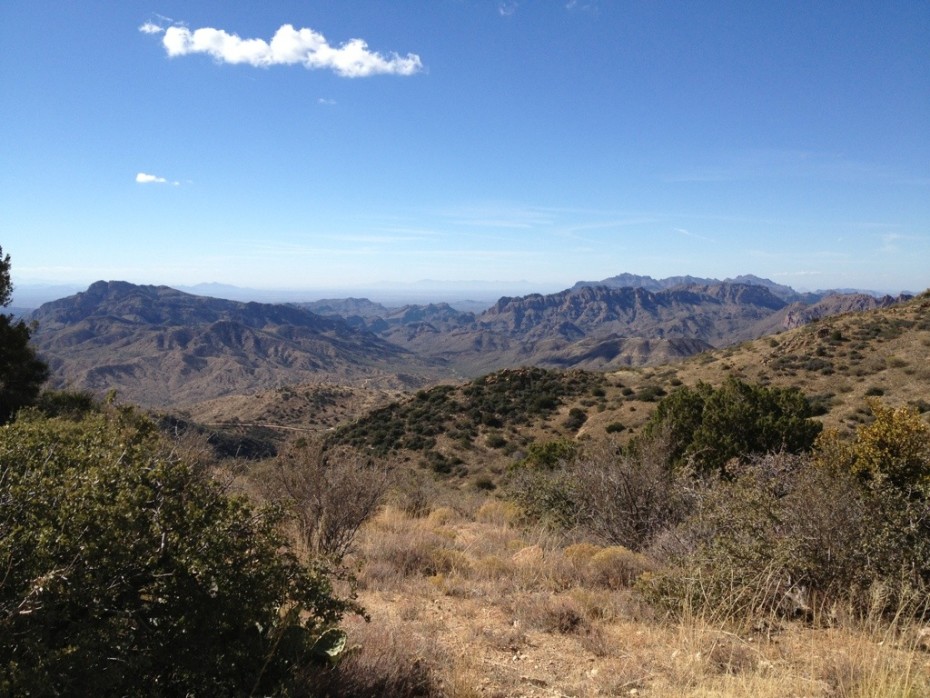
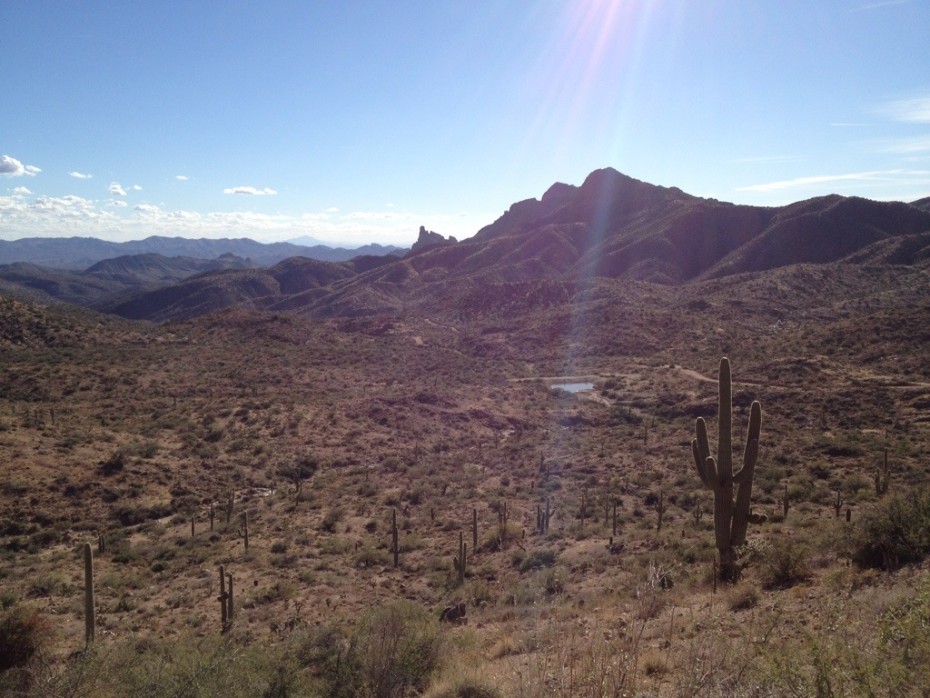
Francoise…once again, you have written another chapter to a fabulous book, waxing words like no one else!! Great and picturesque writing!! Can’t wait for the next chapter! LOVE your writing style and we are sooooo happy to be vicariously hiking along…trail angel “wanna-be’s” that we are:) Hoping to see you and Glenn at AZ Trail’s End before you leave, if that will work out. Happy Trails:) Dupree Ruth & Drivin’ Dave:)
Many thanks for the good article, I was hunting for specifics similar to this, going to check out the other posts.